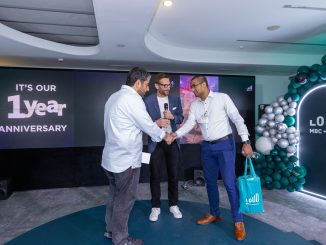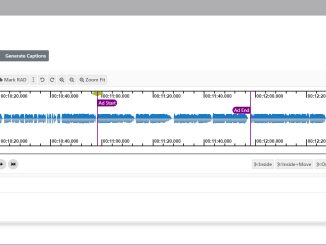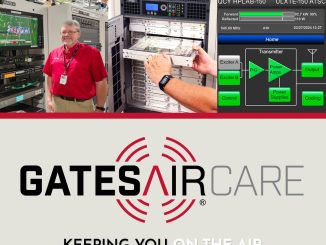French radio journalist Sebastien Farcis said he was leaving India after more than 13 years, as the Ministry of Home Affairs (MHA) refused to renew his work permit.He is the second French national in four months to have been denied work permit and the third foreign journalist reportedly forced to leave the country this year.Farcis had served as the South Asia correspondent for Radio France Internationale, Radio France, Liberation and the Swiss and Belgian public radios.He is married to an Indian woman and has Overseas Citizen of India (OCI) status, which allows him to live and work in the country but requires a special permit for missionary activities, mountaineering or journalism.He said that no reason had been provided “despite formal and repeated requests” and that he had applied for a new work permit.Farcis, in a statement posted on X (formerly Twitter), said the MHA had notified the denial on March 7 this year, not allowing him to cover the country’s recently concluded general elections.Describing the decision as an act of “incomprehensible censorship.“, Farcis wrote on X:“After 13 years working as a correspondent in India, the authorities have denied me a permit to work as a journalist. I have thus been forced to leave the country,”
“It was communicated to me on the eve of the Indian general elections, the largest democratic elections in the world, which I was hence forbidden to cover. This appeared to me as an incomprehensible censorship,”“This denial comes in a worrying context of increasing restrictions on the work of foreign journalists: after Vanessa Dougnac I am the second French journalist in four months having to leave India under these conditions. At least five OCI [Overseas Citizen of India] foreign correspondents have been banned from working as journalists in less than two years,” he added.In February, French journalist Vanessa Dougnac left the country after the government revoked her OCI card. Dougnac, a contributor to several French-language publications, including the weekly magazine Le Point, came to India as a student 23 years ago, worked as a journalist, married and raised a son.Vanessa revealed that the Ministry of Home Affairs sent her a notice in January, stating her work was “inimical” to national interests, leading to the cancellation of her permanent residency.Two months later, Avani Dias, the South Asia Bureau Chief of the Australian Broadcasting Corporation (ABC), said she had been forced to leave India on April 19, the day the general elections started, after the government objected to her reporting on the assassination of Sikh separatist Hardeep Singh Nijjar.The ABC had said Dias was informed of the decision by an official from the Ministry of External Affairs, who said her most recent Foreign Correspondent episode on Nijjar “crossed a line.” […]






